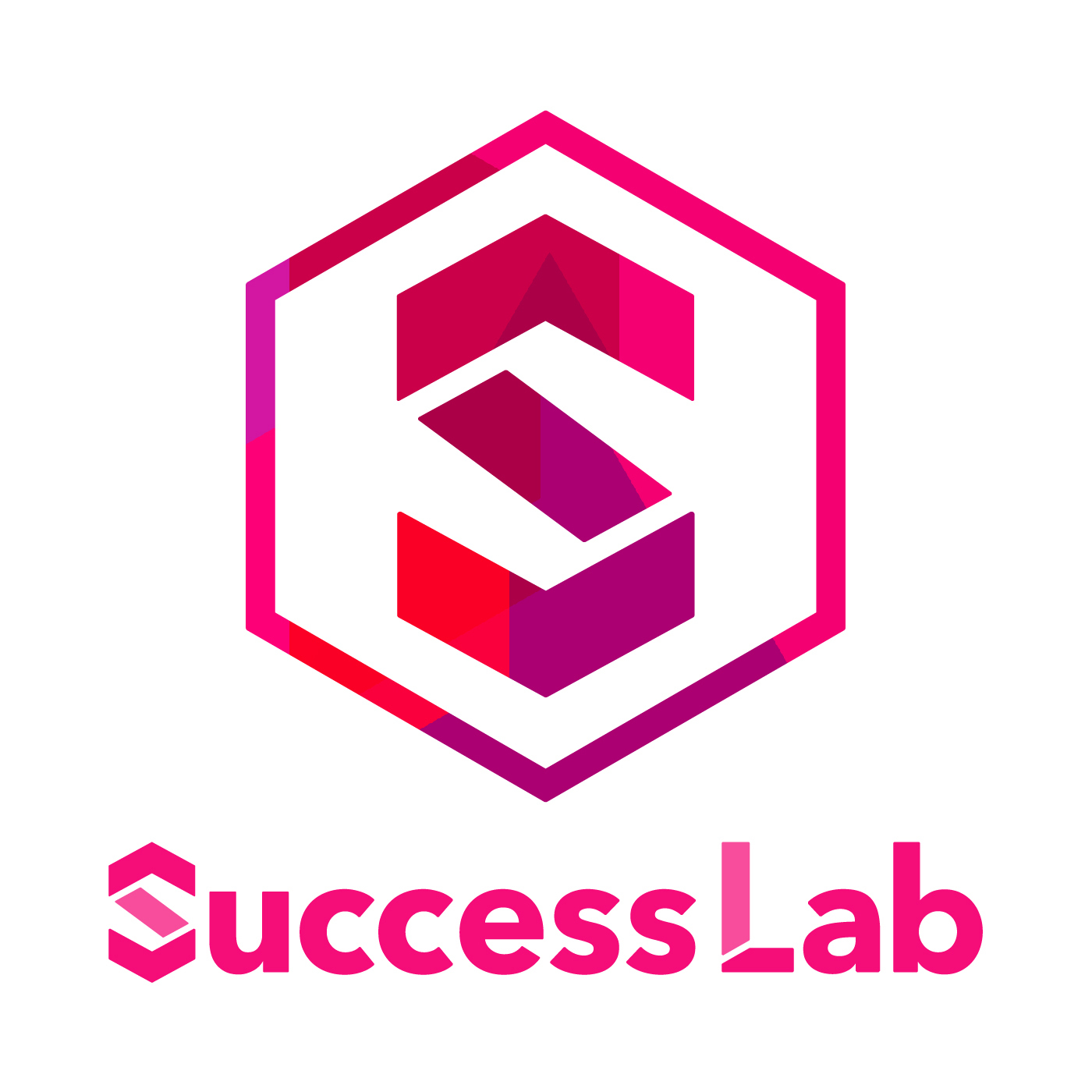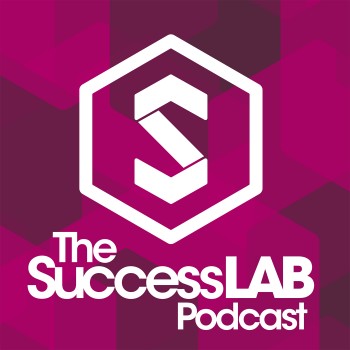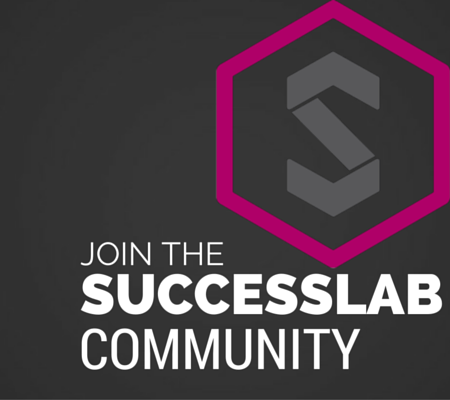
It goes without saying that customers are absolutely essential to the success of any business, but to get to the customers you first have to understand where your product fits into the marketplace. So many new ventures, however, don’t think about this in depth until after launch.
Jerrod Bailey, who has worked in venture-backed technology start-ups for 15 years and today is a partner and VP of business development at Tallwave, said there are three main “levers” startups need to activate prior to launch.
Finding Product Market Fit
Jerrod said a common path many ventures follow is they’ll think about the product then go develop it. Somewhere along that path they’ll think about the user experience then have a product they can launch. Branding doesn’t come into play until launch time.
“They’ll launch with a name and logo, then ask, ‘Who is our buyer, really?,’” Jerrod said. “Then they’ll start thinking in depth and detail about who their buyer is and what kind of position they want in the market to go after that buyer.”
It’s not until that point that most startups begin to think about how to reach their true buyers and create the systems to go after them. All of this should really be done during the build – in parallel. Jerrold said there are really three key things startups should be thinking about while they are building their product:
1. Product. What can the product itself do to drive business? What features can be included to drive virality?
“Does it have any viral components? Can my software let users share things on social and get the word out? There’s any number of things a product can do to inherently share itself,” Jerrod said. “But there are three major categories of features that I’m worried about during a product’s development.”
What will drive users to download, sign-up, create a login, complete a first task, etc. Focus on features and UX principles that either drive activation or eliminate barriers to activation. For instance, an activation feature of Instagram is the ability to share across multiple social networks. When your Facebook or Twitter friends see your post originated from Instagram, they are more likely to activate with the platform.
You have to be able to show and prove users are willing to engage with your product over time. You will need to track Daily Active Usage (DAU) and Monthly Active Usage (MAU). Regular engagement is key. This includes use of push notifications, email and other ways of bringing them back to the app. An example of this is Instagram’s “core loop” – take a photo, apply a filter, add a comment, share. It’s simple and effective.
You have to prove users want to return over the long term. If 100 users engage, but 99 disappear after a month, you may not be around long. Instagram does effectively by showing you your follower count. Once you build it up, you are reluctant to quit after investing so much to grow that.
2. Tools. The next important thing a startup needs to be thinking about is creating a tool stack for sales and marketing.
“When you’re a startup, your tool stack is probably going to include things like a CRM, but it’s probably not going to be Salesforce,” Jerrod said. “As I’m collecting email addresses and users as I grow, I want to have a CRM in place so I don’t lose all of those people, so I might have a light weight CRM in place.”
Jerrod mentioned other tools for the tech stack should include an email system like Mailchimp and retargeting, which will allow you to cookie people as they visit the landing page you’ve created, then you can push ads to them as they browse online. From there you might begin to experiment with acquisition methods.
“Sometimes I’ll take my landing page and deploy to places like BetaList and other places that attract early adopters to join betas,” he said. “I might also run small, paid ad experiments to see if I can attract certain users.”
Jerrod said this allows him to learn what messaging works well, what questions people have, and start to build relationships.
“We’ve noticed that the original assumptions coming into building a company, as soon as you start engaging users and trying to get something from them like an email, you learn what’s true about your assumptions and what’s not,” he said. “And we pivoted whole businesses just looking at the interaction with the users.”
3. Branding. Finally it’s essential startups think about branding as they’re building. For more on this, see last week’s post, “How to Use Storytelling to Create a Game-Changer Company.”
Jerrod’s tool picks:
Biz Hack:
Mattermark crawls the web and compiles massive lists of companies in specific industries based on your search. You can create highly targeted and narrowed list based on revenue, geography, industry specific, etc. Mattermark will compile the list of companies with contact information.
Next week I’m in the Lab with Ed Borromeo, COO at Tallwave. That will be the fourth and final episode with the Tallwave team. Since the first three focused on what entrepreneurs need to do to have a successful launch, in this episode I talk with Ed about when entrepreneurs should start thinking about outsourcing and how to do it. He also gives a few productivity hacks. So that will be a nice way to round things up. So be sure to tune in. Until then, have a prosperous week.
Music in this episode: “They Just Don’t Know” by Gyft.
If you dig this podcast, why not leave a quick review or rating in iTunes?





